New threat eclipses old extinction triggers.
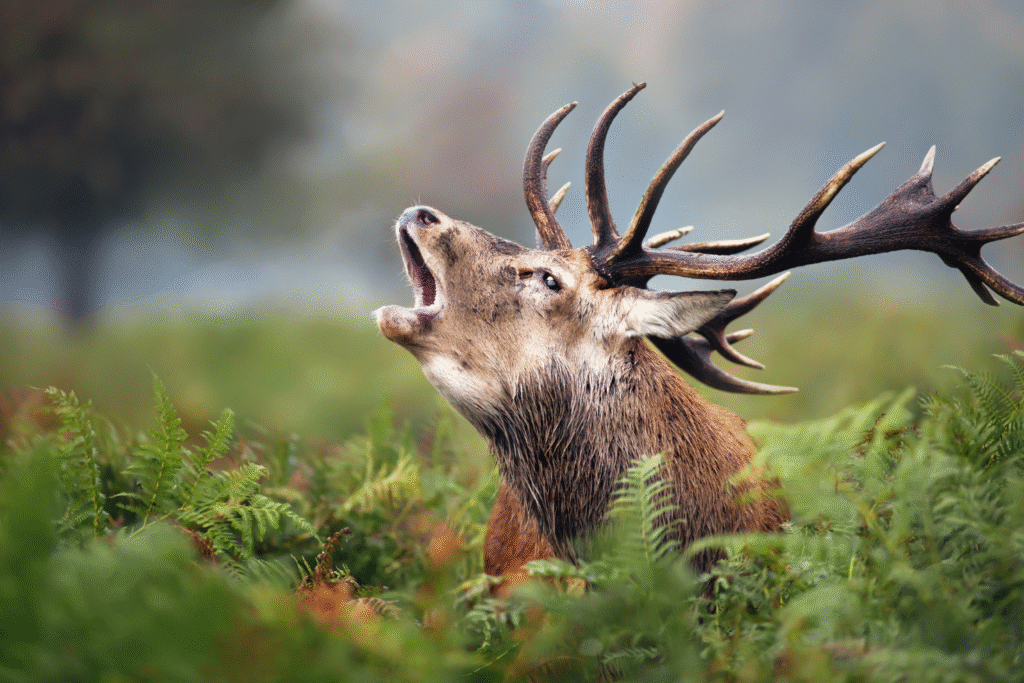
Over the past century, conservationists often judged disease outbreaks or overhunting the biggest drivers of mammal extinctions. But in recent decades, rapid climate change, warming, shifting rainfall, and habitat alteration is emerging as the dominant threat. Species are losing suitable climate zones faster than they can adapt or migrate, causing declines and local extinctions even where hunting and disease pressures are low.
In many regions, mammals now face mismatches in food timing, shrinking thermal refuges, and severe weather extremes. As those stresses escalate, climate’s influence is overtaking older threats in recent extinctions and population collapses.
1. Climate change now drives mammal extinctions more.
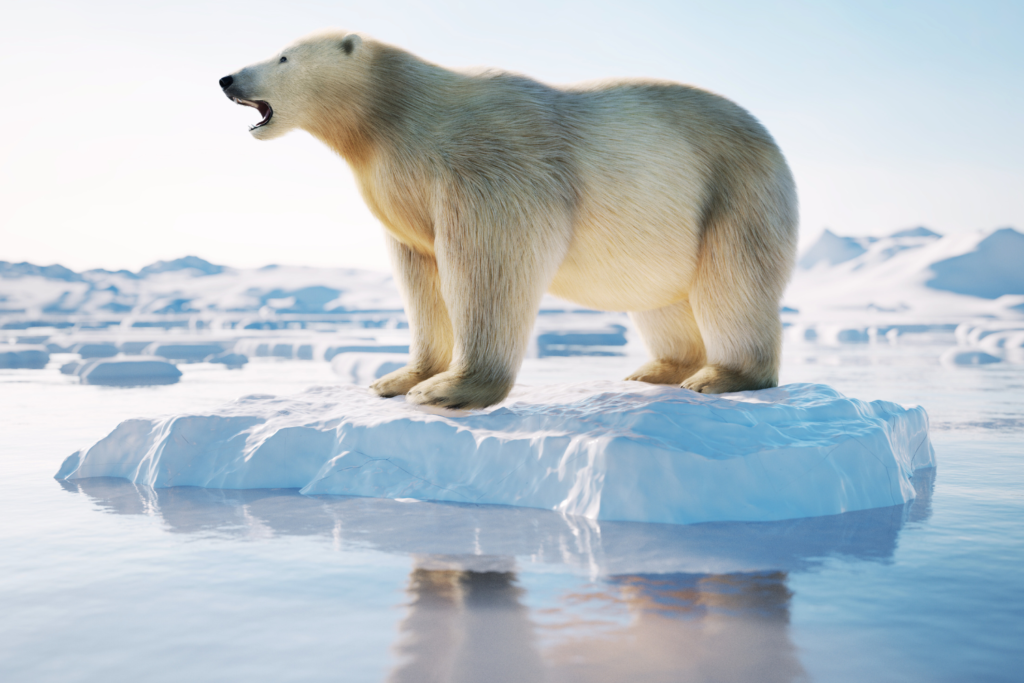
In recent extinction reviews, climate shifts have become the leading assigned driver, overtaking hunting or pathogen outbreaks, especially in vulnerable, range restricted species. The shift reflects how altered temperatures, precipitation, and habitat conditions increasingly render once viable zones lethal or unusable. Many species with narrow thermal tolerances are disappearing or shrinking.
Because climate stress interacts with other factors, mammals already burdened by habitat fragmentation or low numbers succumb faster. The trend shows that in new cases, disease or hunting are often secondary or compounding stressors rather than primary causes.
2. Habitat loss and fragmentation worsen climate impact.
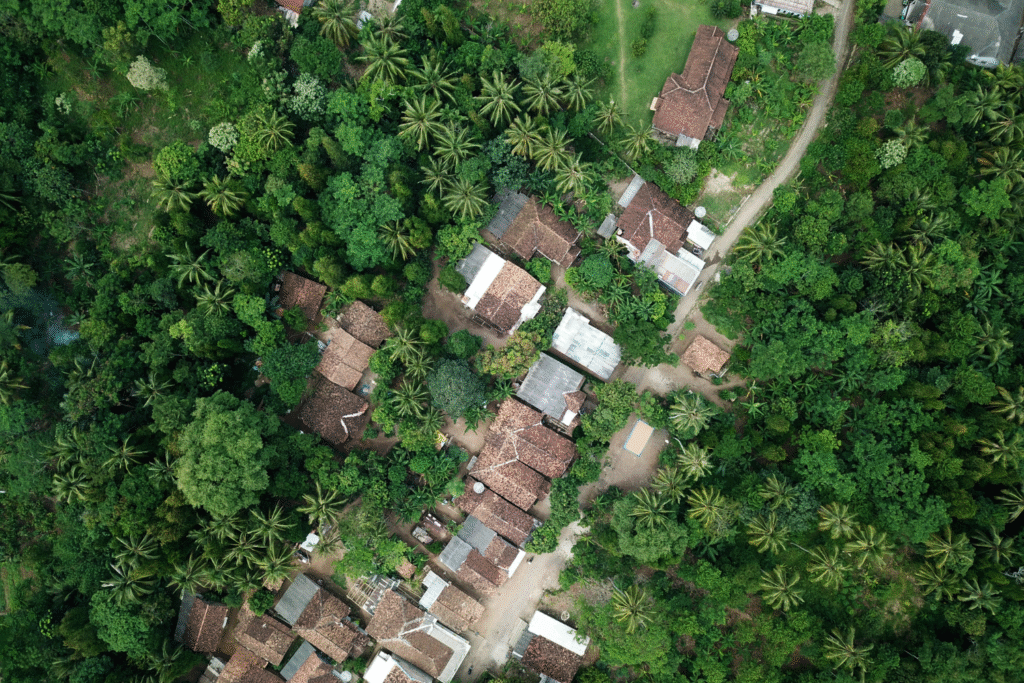
When forests are cleared or corridors severed, mammals can’t escape warming zones or shift range in response to climate change. Fragmentation reduces movement ability and isolates populations. Because of those artificial barriers, many species face climate stress in place without rescue migration or gene flow.
In landscapes degraded by human activity, climate pressures act in concert with habitat destruction. Mammals in fragmented habitats suffer faster declines, even in areas with minimal hunting or disease, because their escape paths are cut off.
3. Small range species are especially vulnerable now.
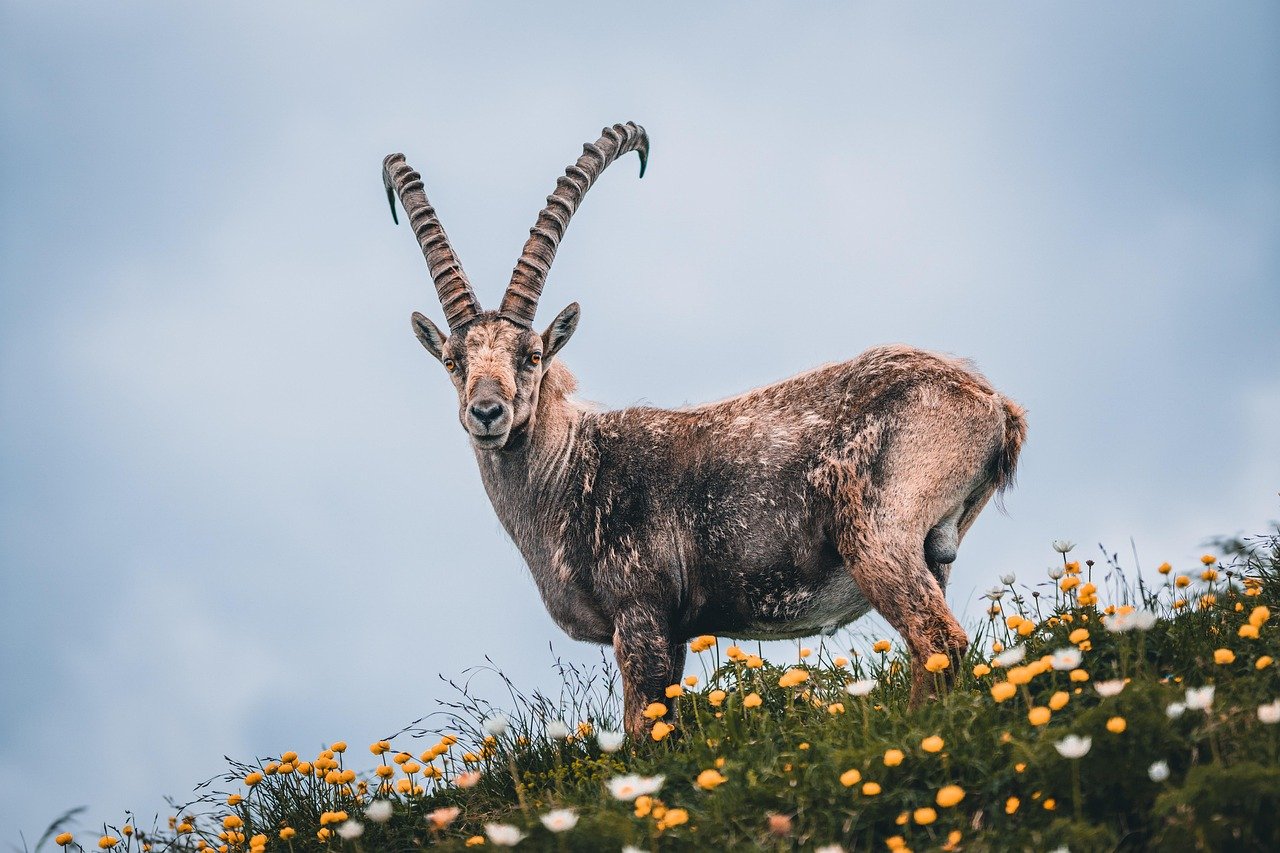
Species that occupy small geographic ranges are at higher risk under climate change because their options for shifting habitat are minimal. When climatic conditions move outside their narrow tolerances, they lack alternative refuges. As discovered by range vulnerability studies, species with limited ranges show higher extinction probability under changing climate than broad range species.
Such mammals often live in alpine zones, islands, or localized habitats. Those places change rapidly in climate space, so those species are often the first casualties in emerging extinctions driven by warming trends and shifting rainfall regimes.
4. Extreme weather events trigger local die offs.
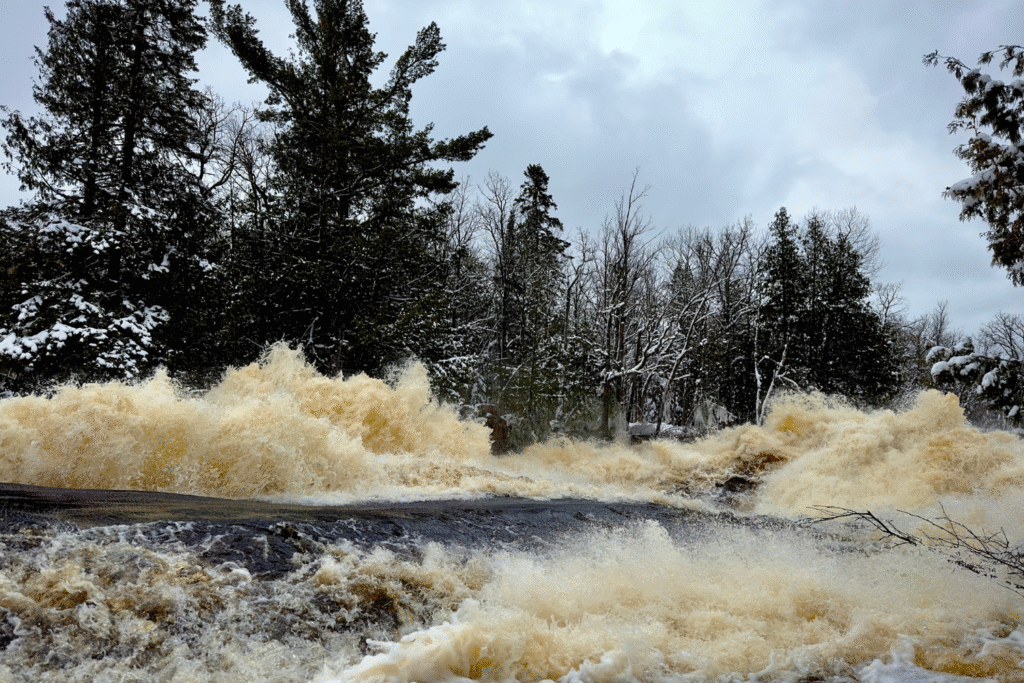
Heat waves, droughts, floods, and storms are increasing in frequency and intensity, and many mammals cannot survive sudden extremes. A single catastrophic weather event can wipe out a local population. The cumulative effect of repeated extremes depletes populations and prevents recovery, pushing them toward extinction.
Even if hunting and disease pressures are controlled, recurrent climate extremes act as mortality pulses. Mammals in marginal habitats or with slow reproductive rates bear the brunt of those episodic disasters.
5. Food chain disruptions follow climate shifts.
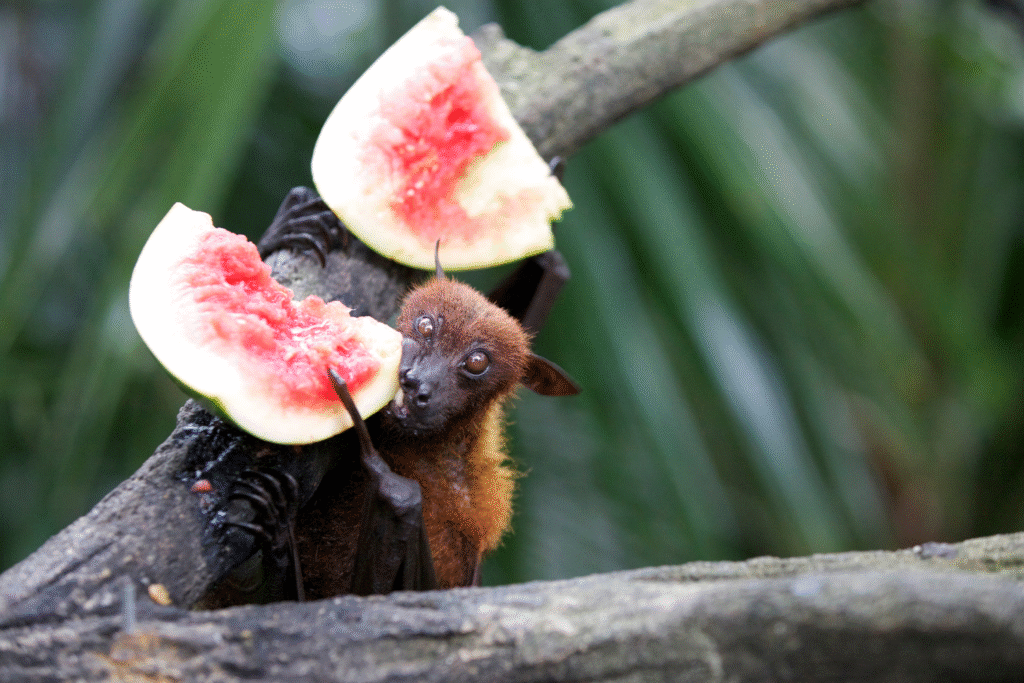
Climate change alters the timing, distribution, and abundance of plants and prey species. Mammals depending on synchronized resource availability, like seasonal fruits, insects, or small mammals, find themselves mismatched with their food supply. That mismatch stresses reproduction, health, and survival.
When prey timing shifts or primary producers decline, higher trophic mammals suffer cascading consequences. Over time, such resource misalignments cause populations to decline even without hunting or disease.
6. Diseases expand under new climate zones.
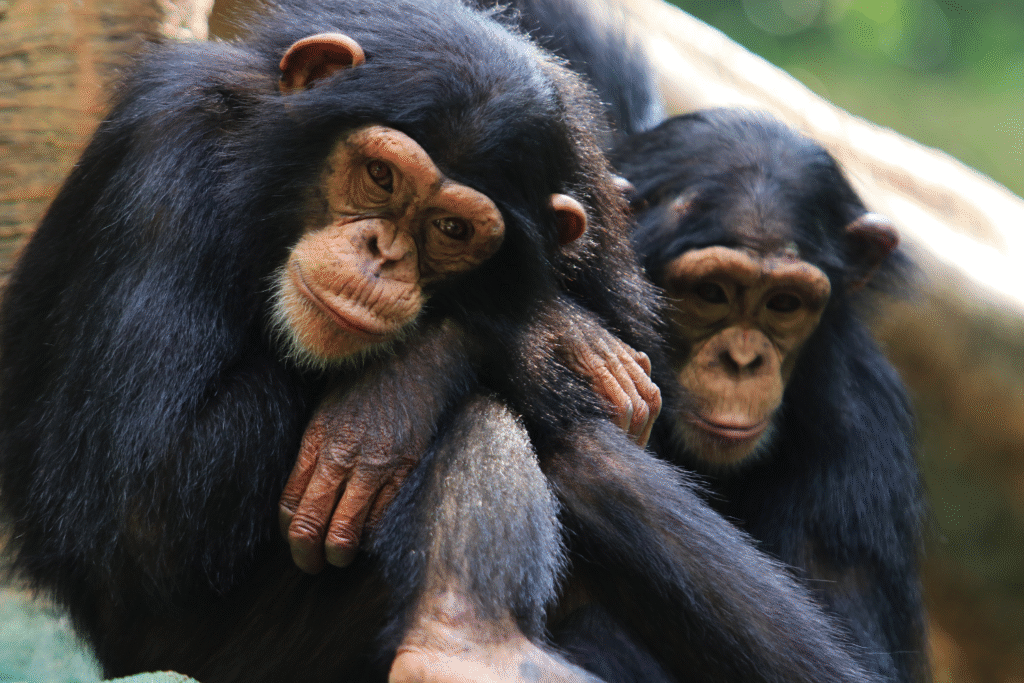
Warmer temperatures and shifting rainfall open zones to pathogens and parasites previously restricted to warmer climates. Mammals that once were isolated from certain diseases now face new exposures. While disease may not be the primary cause, climate driven disease range expansion becomes a multiplier of extinction risk.
As vector species expand upward or toward the poles, new pathogen pressures hit vulnerable mammals. These emergent disease threats can push already stressed populations past tipping points.
7. Competition and invasion intensify under climate shift.
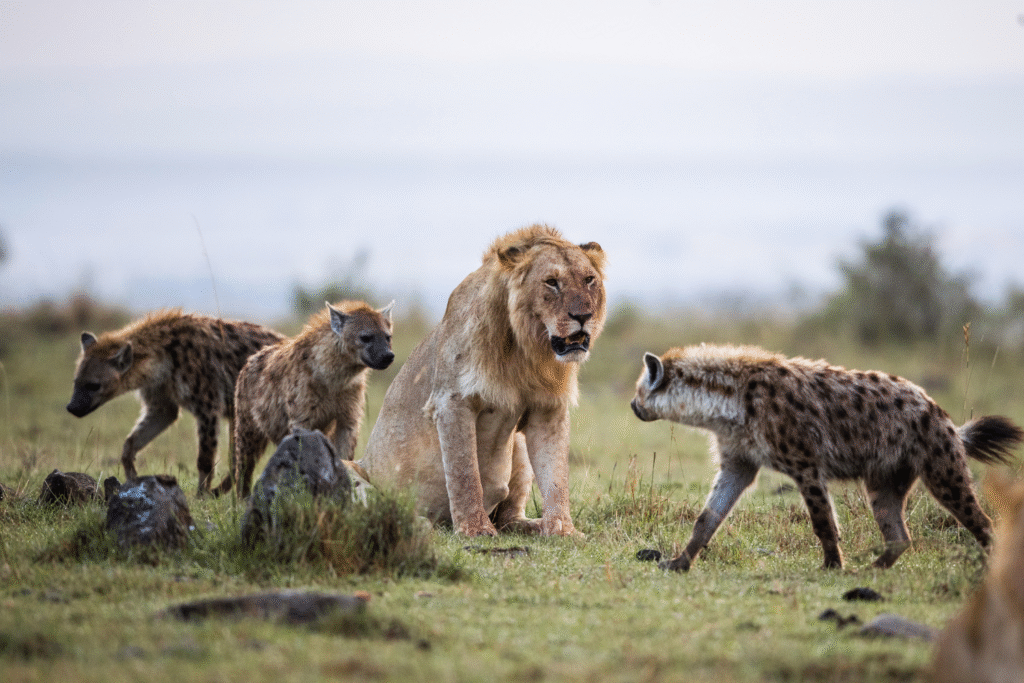
As climate zones move, some mammals track the shift while others can’t, opening territory for generalist species or invasive mammals. These newcomers may compete for resources, introduce disease, or prey on native species. In many extinction events, invasive or expanding species displace natives under new climatic regimes.
Climate change reshuffles community structure and resource dynamics. Native mammals may lose in that competition even if they avoid hunting or disease, especially when invaders are more adaptable or aggressive under altered conditions.
8. Genetic tipping points accelerate collapse.
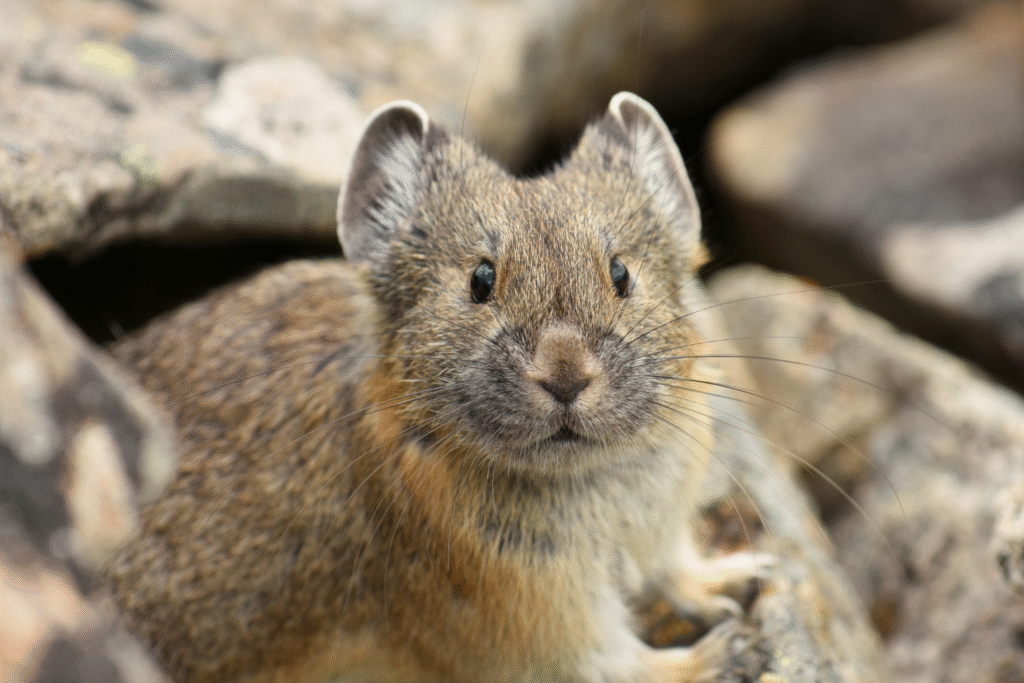
Populations stressed by climate change tend to shrink, reducing genetic diversity and increasing inbreeding. Those genetic strains reduce resilience to further stressors like heat, disease, and food shortage. At some point, a genetic threshold is crossed, and populations collapse irreversibly.
Even without hunting or clear disease, climate induced population decline can push mammals into a downward spiral. Genetic erosion amplifies extinction risk that begins as a climate driven stress.
